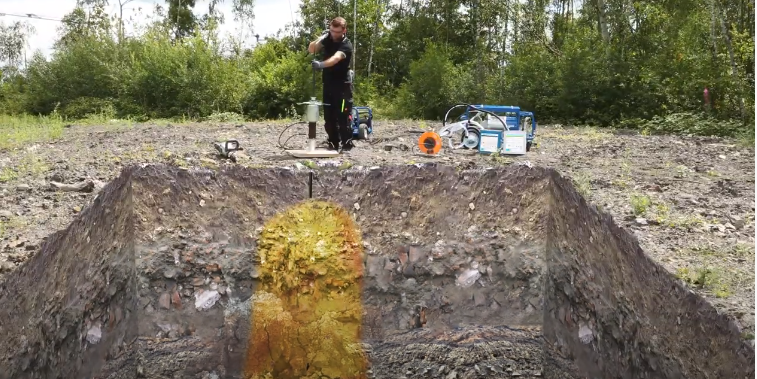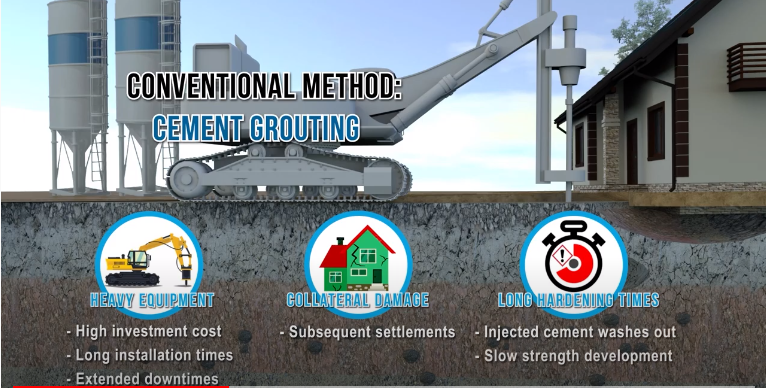Subsidence: causes, symptoms, and cures
If your home suffers from subsidence, you could find yourself facing a costly repair bill. Understand the causes with our simple guide.
What is subsidence and what causes it?
Subsidence is the slow sinking of your Properties foundations, which is most often caused by:
- Leaking drains softening the ground beneath your house.
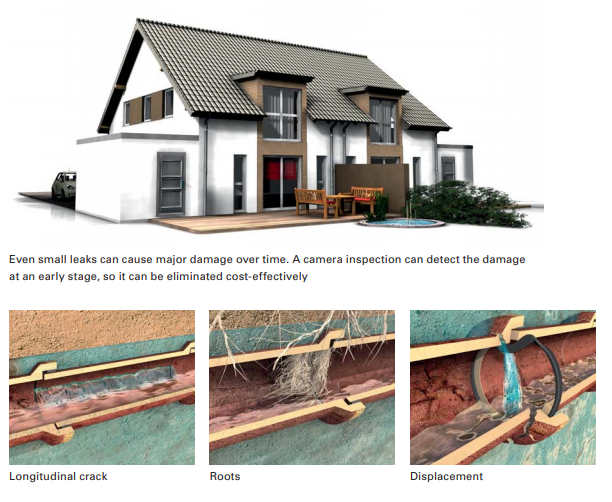
- Nearby trees and shrubs sucking up the moisture in the soil beneath your home.
Clay soil is particularly vulnerable to subsidence, as it is sensitive to moisture. This makes it expand when wet and contracts when dry – not ideal with unpredictable Irish weather.
What are the signs of subsidence?
Your home might be suffering from subsidence if you spot:
- Sudden cracks in plaster and brickwork that are wider at the top than the bottom.
- Doors and windows sticking for no apparent reason.
- Rippling wallpaper that isn’t caused by damp.
Cracks can also appear in fairly new houses due to ‘settlement’. This is common in newly-built houses and doesn’t indicate any risk of subsidence.
The main difference is that settlement cracks generally don’t get wider with time, nor are they bigger on one side than the other.
In either case, if you spot any of these problems it’s worth getting in touch with your home insurer. Plus you could have a qualified surveyor look at the problem to limit the damage.
How to fix subsidence
The most common fix for subsidence is underpinning your foundations.
This involves installing support beams, or a second concrete layer, to strengthen your foundations.
This is time-consuming and very expensive
Concrete underpinning requires raising, re-leveling, and re-supporting the building with an additional foundation layer. This can be a slow and costly process that may require you to leave the property while work is completed.
If it is your sewer system we can repair it without a digging look at our no-dig repair
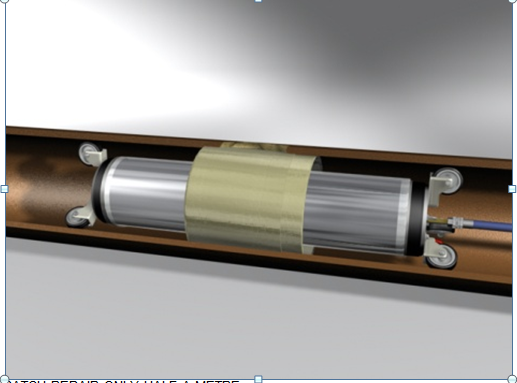
The best course of action is to contact your insurer. They’ll be able to arrange for a full survey to assess your home’s structure. If subsidence is found, there are typically two options available: underpinning and resin injections.
A more modern solution is to inject a resin
Nowadays, damp walls, cracked ceilings, and unstable floors can be
permanently repaired using minimally invasive injection measures, protecting and strengthening a building before such defects
can cause major damage. Occasionally, injections are also required to introduce subsequent waterproofing under floor slabs or
at other locations which cannot be reached from the outside. all-brite injection systems offer all the technological prerequisites to
enable such work to be carried out successfully
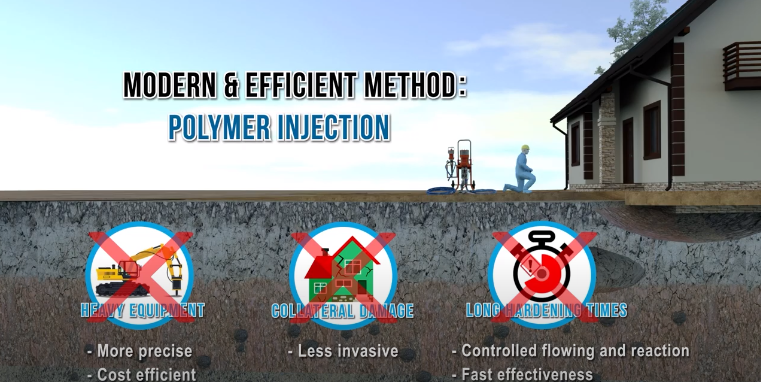
The material expands as it travels into the soil below, filling the gaps. In most cases, a house can be treated in a matter of hours and shouldn’t require you to leave while the work takes place.
